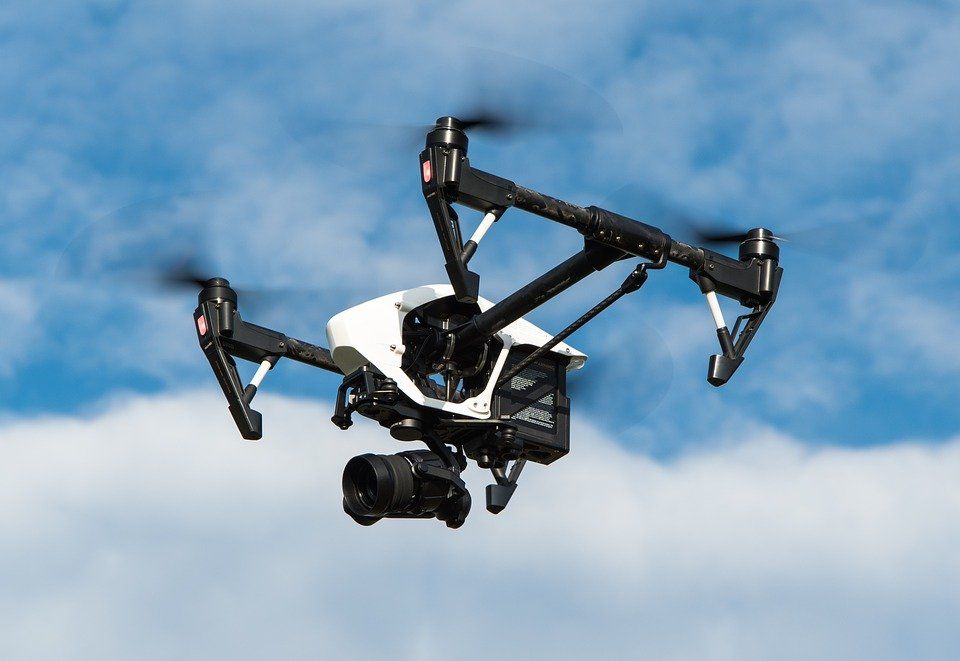
An Embry-Riddle research study found that remotely operated consumer drones exceeded 400 feet AGL in 6.8 percent of flights tracked and that one flew as close as 0.25 NM from Daytona Beach International’s approach path. The study sought to evaluate “potential aviation interference and safety hazards” caused by small unmanned aircraft system (sUAS/drone) flights. To accomplish that task, researchers used a DJI AeroScope—a passive radio-frequency sensor that can detect, identify and track DJI-manufactured drones—mounted to a building close to Daytona Beach International Airport (DAB) in Daytona Beach, Florida.
According to the study, a total of 192 flights by 73 separate DJI platforms were detected during a 13-day period in May 2018. It was found that drones operated as close as 0.50 NM to public airports and 0.35 NM to heliports. Researchers used the FAA’s UAS Facility Map (UASFM), which shows maximum altitudes for authorized Part 107 operations, to gauge the potential detected sUAS flights had for interference with manned aircraft. They also used ADS-B data to compare times, locations and altitudes of manned aircraft with detected sUAS flights.
“In [one] case, the sUAS was detected at 90 feet (MSL) within 0.25 NM from the approach path of Daytona Beach International Airport, Runway 7L,” the study said. “Just seconds before this detection, an aircraft was on approach to Runway 7L. Assuming the pilot was performing the published ILS approach, the aircraft would have crossed the Runway 7L threshold crossing at a height of 58 feet AGL (88 feet MSL). It is highly probable that the aircraft descended through the UAS altitude while on approach.” The study noted that the Low Altitude Authorization and Notification Capability (LAANC) had not yet been implemented in the area and compliance with UASFM altitudes was not mandatory at the time the data was collected.
The study also compared its data with geofencing zones, looking for indicators of the effectiveness of the geofencing infrastructure. According to the data collected, the researchers determined that “geofencing zones are relatively ineffective at preventing or deterring operators from flying unless they impose operational restrictions.” Geofencing that only provided warning messages or could be easily overridden by the operator did not seem to provide a significant deterrent to sUAS operations.
DJI announced on Wednesday that it “is improving its geofencing technology to refine the airspace limitations for drone flights near airports, in order to provide smarter protection for airplanes in critical areas.” The company says the upgrades take into account standards laid out in the new FAA Reauthorization Act and will be phased in starting in November. It is estimated that DJI holds a market share of 72 percent and its products account for the majority of sUAS operations in the U.S.
Based on its findings, the ERAU research team recommended integrating manufacturer-imposed geofencing protections with the FAA LAANC UASFM grid system with unlock codes issued for authorized flights. They also recommended improvements be made in sharing information about sUAS activity with pilots of manned aircraft. The team has said it intends to repeat the study at additional airports.


































